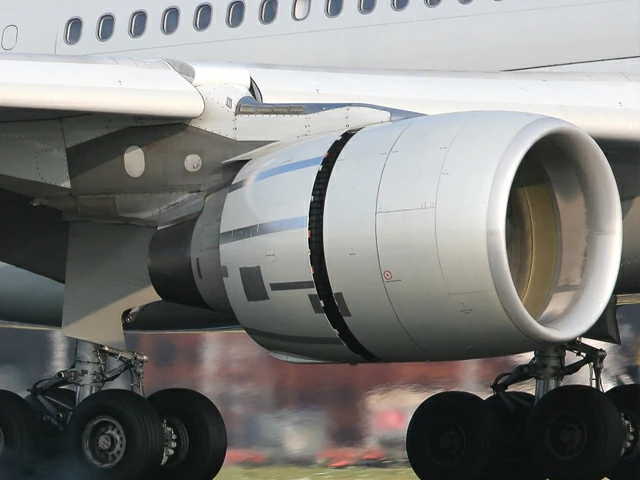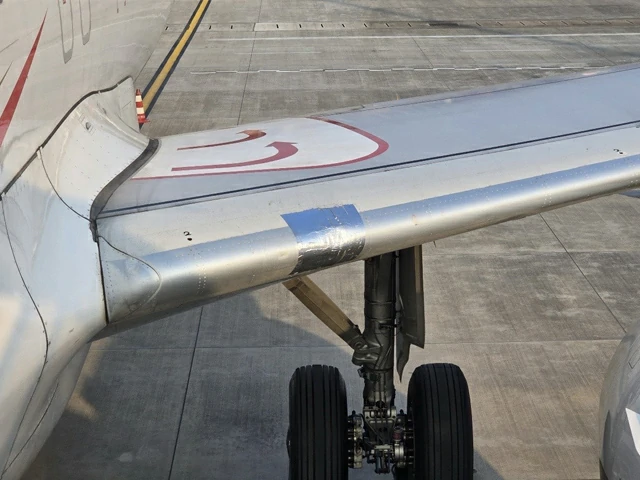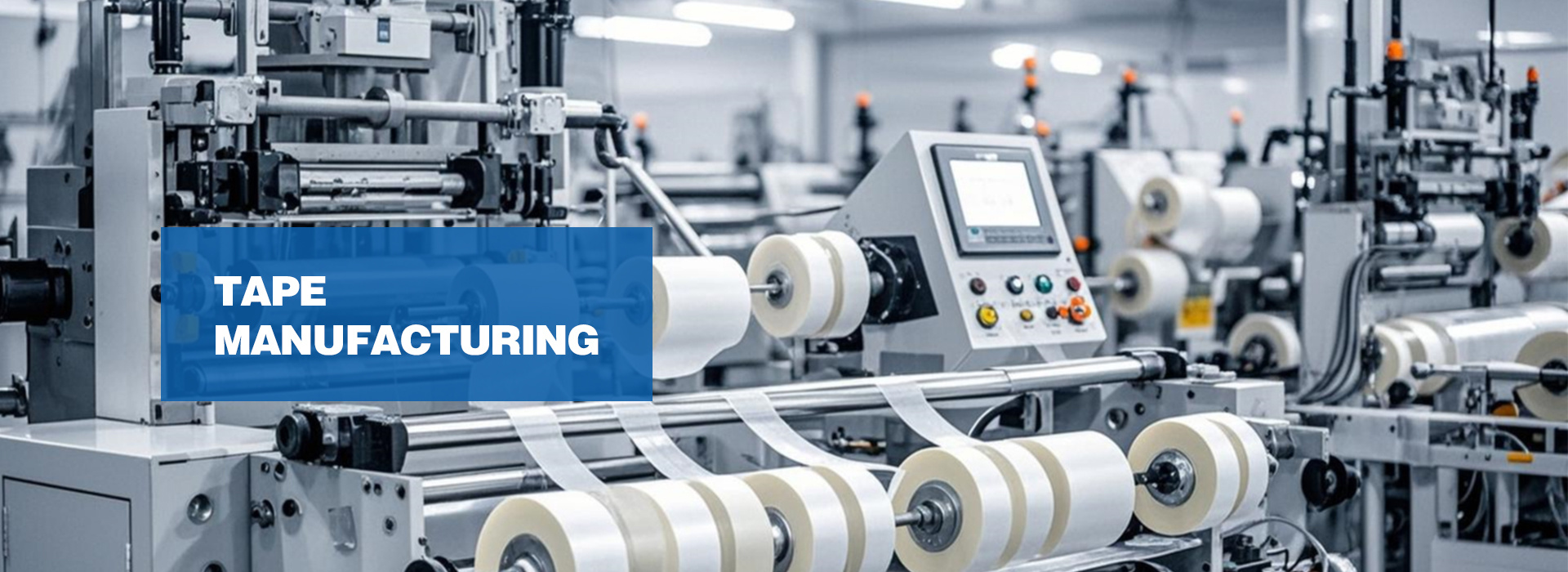Can Duct Tape Really Fix Planes? The Truth About Speed Tape in Aviation
In aviation, nothing scares passengers more than the sight of tape on an airplane. A glimpse of a silver or grey stripe on a wing or fuselage can trigger panic – is the plane taped? The answer is yes – but it’s not. Let’s explore the truth about “aircraft repair tape” and its role in aviation safety.

That duct-tape-looking thing on an airplane is actually something called Speed Tape – a high-performance aluminum-based tape used for temporary aircraft repairs. Unlike household tape, Speed Tape is certified by the Federal Aviation Administration (FAA) to be heat-resistant, waterproof, and strong enough to hold up in the airflow of high-speed jets.
For example, 3M 436 is a commonly used Speed Tape in aviation that features an aluminum foil backing and a high-performance adhesive. It’s designed to seal surfaces, dampen vibrations, and resist jet fuel, hydraulic fluids, and extreme temperatures (from -60°C to about 200°C).
When and why do you use Speed Tape?
Quick Tape is not a permanent repair and is never used on major load-bearing parts of an aircraft. Instead, it is a temporary repair for minor cosmetic issues such as peeling paint, small dents, minor cracks, scratches from bird strikes or debris
Let’s say an aircraft has minor cosmetic damage before takeoff. Rather than grounding the aircraft and delaying passengers at a high cost, a certified maintenance technician can use aviation-grade tape to protect the area until a full repair can be scheduled.

How is Tape Applied in Aircraft Maintenance?
The use of tape on aircraft is a strictly regulated process, outlined in the manufacturer’s manual, the Boeing Structural Repair Manual (SRM).
The process is as follows:
Damage Assessment – The technician inspects and confirms that the damage is minor enough to warrant a temporary repair.
Surface Preparation – The damaged area is cleaned to ensure a strong bond.
Taping – Specific rules are followed:
The tape must extend beyond the damaged area (e.g., Boeing tape is 50 mm long).
Multiple layers of tape may be applied, carefully overlapping and positioning.
Advantages of using Speed Tape in the aviation sector
1. Fast and efficient
Speed Tape helps airlines avoid costly delays. Temporary repairs can be completed in minutes, ensuring that the aircraft takes off on time.
2. Protective function
The tape seals the exposed area, prevents corrosion, and maintains the aerodynamic shape of the aircraft until a permanent repair is completed.
Limitations of Speed Tape
While Speed Tape performs well, it also has some serious limitations:
It is temporary - the aircraft must be fully repaired during scheduled maintenance.
It is only suitable for non-structural or lightly loaded components.
Expert evaluation and approval is required before use.
No reputable airline will use tape on major components such as wing spars, engine mounts or fuselage joints.
Is it safe to use tape on aircraft?
Yes - tape is safe as long as it is used properly. Aviation authorities such as the Federal Aviation Administration (FAA) and the European Aviation Safety Agency (EASA) are responsible for monitoring and regulating these operations. Maintenance personnel also monitor the tape after each flight to ensure that it is intact and performing as expected.
Conclusion
So, can airplanes be repaired with duct tape?
Yes—but only with aviation-grade quick-release tape, and only under regulated conditions for minor cosmetic damage. It’s a smart temporary solution, not a shortcut for safety’s sake.
The next time you see silver duct tape on a plane, rest assured: it’s likely just another layer of protection to ensure your flight is smooth and safe.
Keyword:
airplane repair tape,speed tape
RELATED NEWS


